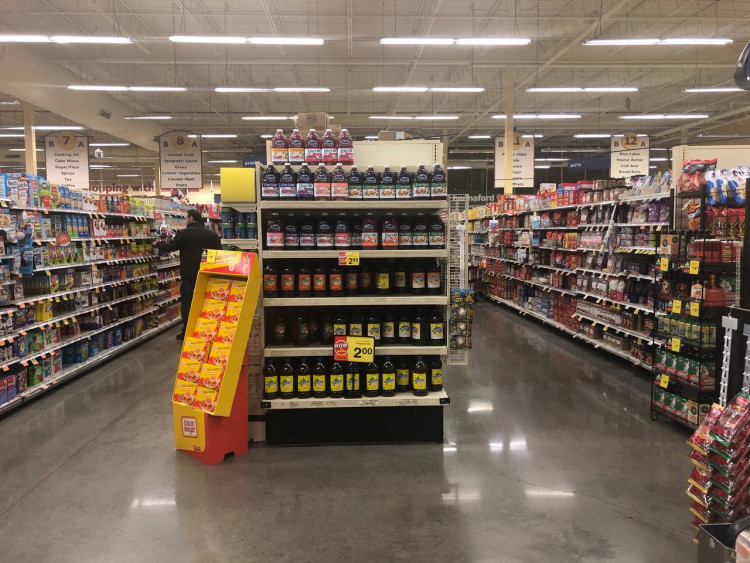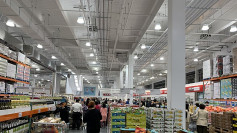Retail sales in the United States declined 0.9% in May, the Commerce Department reported Tuesday, reflecting a sharper-than-expected pullback in consumer spending following a surge in March as buyers rushed to beat tariffs on imported goods. The decline, which exceeded the 0.6% drop forecast by Dow Jones, underscores growing consumer caution amid geopolitical uncertainty and lingering effects from trade tensions.
The drop followed a 0.1% dip in April and was driven largely by a steep 3.5% decline in sales at motor vehicle and parts dealers. Americans had boosted auto purchases earlier in the spring ahead of a 25% tariff on imported vehicles and parts announced by President Donald Trump.
Excluding autos, retail sales slipped 0.3%, also worse than the expected 0.1% increase. Sales were down 2.7% at building materials and garden stores, and 2% at gas stations as energy prices slid. Electronics and appliance stores saw a 0.6% decline, while grocery stores posted a 0.7% drop.
"Americans bought cars in March ahead of tariffs and stayed away from car dealerships in May," said Heather Long, chief economist at Navy Federal Credit Union. "Families are wary of higher prices and are being a lot more selective with where they spend their money."
Despite the broader decline, some sectors showed modest gains. Online sales rose 0.9%, furniture retailers climbed 1.2%, and miscellaneous stores posted a 2.9% increase.
The so-called control group-excluding autos, gas, building materials, and food services-rose 0.4%, a positive sign for second-quarter GDP calculations. The Atlanta Federal Reserve's GDPNow model had projected 3.8% growth prior to the retail data and is expected to revise its estimate following Tuesday's release.
Import prices were flat in May, while export prices fell 0.9%, according to the Bureau of Labor Statistics.
Markets responded cautiously. U.S. stock futures remained lower, and Treasury yields declined following the report.






